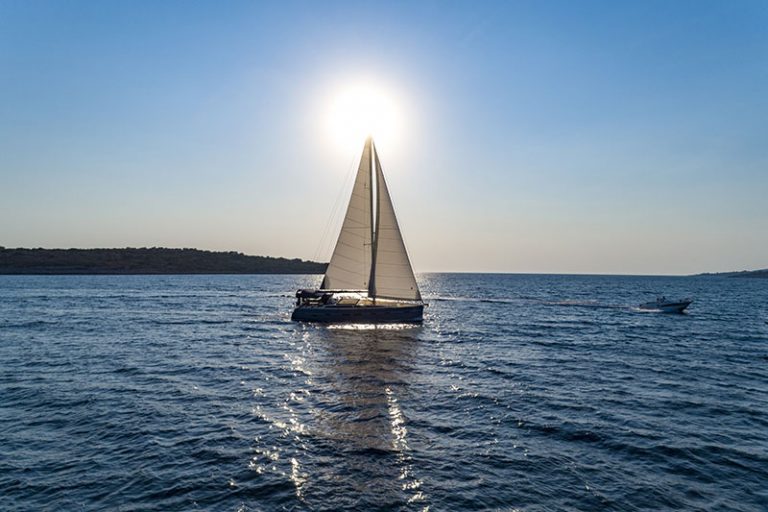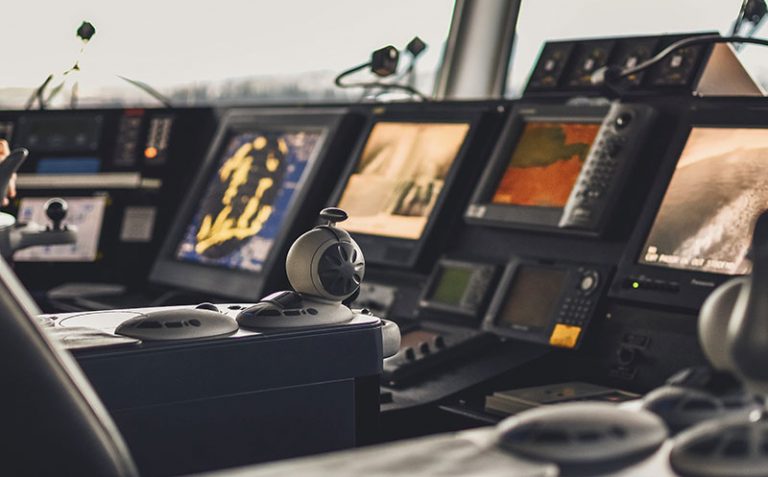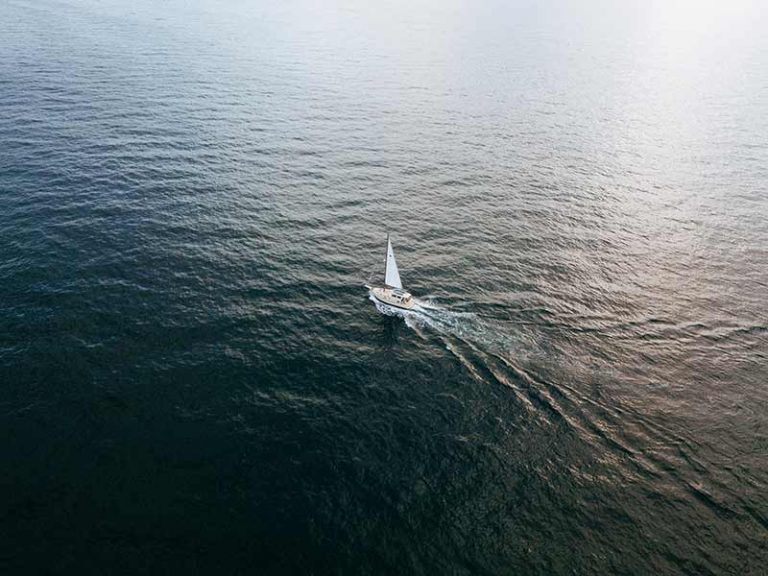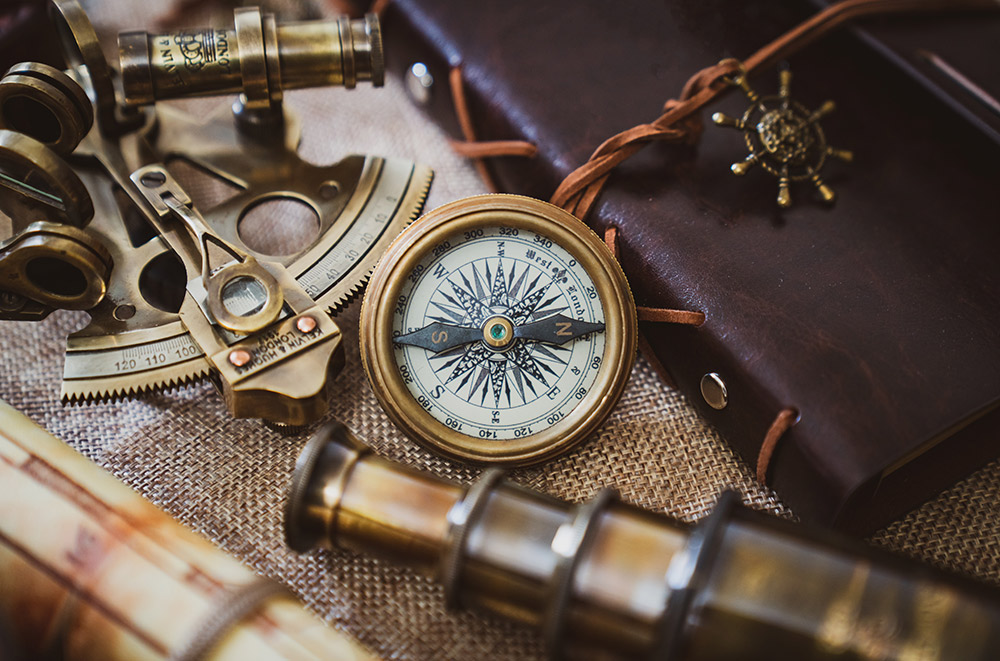The Marina Porto Antico staff reveals the secrets of chartwork to keep you on course during your voyage
 The holiday season is approaching. In every port, from our Marina Porto Antico or any tourist harbor, passionate sailors are preparing their boats for the great summer cruise for the miles and miles they plan to cover in a few days.
The holiday season is approaching. In every port, from our Marina Porto Antico or any tourist harbor, passionate sailors are preparing their boats for the great summer cruise for the miles and miles they plan to cover in a few days.
All necessary maintenance after the winter break is almost complete, and during some Sunday outings, they have regained their touch on the finer adjustments, as if they had never stopped sailing all this time.
Only there at the chart table do some uncertainties, amnesia, or, let’s admit it frankly, lack of that continuous practice that helps to fully assimilate the subject, lurk. On a day trip with friends or in a club regatta, what’s the use of taking into account the “declination”? We therefore realize that we are indeed out of practice.

Today, in the third millennium, we are surrounded by electronics everywhere, in the office, at home, and naturally on the boat, so talking about traditional chartwork may seem anachronistic, but, in addition to the inevitable blackout of the onboard electrical system, relying solely on electronics is equivalent to assigning a calculator to a child without having taught them to count or memorize multiplication tables.

We believe this is a bit exaggerated, even if this ancient instrument retains great charm and those who possess the ability to use it deserve particular respect. For all other common mortals, however, who at most travel up and down the home coasts or the usual crossing to reach the island opposite, it will be sufficient to know the techniques of correct navigation, predominantly coastal, and have an excellent compass if sometimes the route becomes offshore.

The so-called offshore navigation occurs when all around the boat you see only sea, and then you are obliged to resort to calculations on direction and distance traveled, evaluating the presence of any drift or surface currents. Here, despite the brand new “chart plotter” or the new “GPS” model, on the chart table or nearby, we must have the essential objects to perform correct nautical chartwork.

The binoculars are part of the mandatory safety equipment and are essential for spotting what surrounds us. Remember that overly powerful binoculars suffer from vibrations or make reconnaissance impossible with slightly rough seas, so generally the classic 7×50 is the ideal instrument recommended for this function.

To complete the chartwork equipment, the following are essential: a pair of dividers, two triangles or parallel rulers, which we suggest replacing with the very convenient Breton plotter (note, frowned upon by examination boards) with which all route plotting problems are solved. One or two soft-tipped pencils, an eraser, and a notepad complete the navigator’s set.

If it goes well, you’ll earn the eternal respect of the crew; otherwise, immediately offer to pay for dinner, which you probably had to offer anyway, and they’ll likely forget that venial error you might have made.


